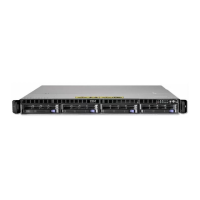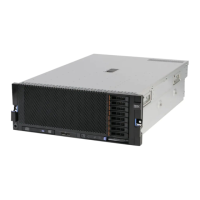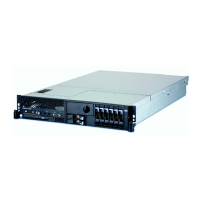Chapter 15. Additional Planning Considerations
This chapter provides guidance for additional planning steps that may be necessary.
Create or Modify Communications Networks
If you intend to use the system in a network environment, appoint a central site or system administrator to
help design and maintain a system that provides maximum availability of all devices in the network. The
system administrator may need to consider the following:
v Types of networks with which your network users must communicate (for example, local and wide area
networks, asynchronous, coaxial).
v Types of communications functions that your network users need (for example, file transfer, mail,
3278/79 emulation, X-Window server support, data conversion, printing).
v Communications software that is required to communicate between systems within your own network
and with systems on external networks.
v International language considerations, if any, between communicating systems.
v Network management functions that you want to use within your network, including error-isolation
procedures and performance and monitoring tools.
v Information needed to properly configure your system. The following list provides some of the types of
information needed:
– Transmission speed (in bits per second)
– Parity checking (whether none, odd, or even)
– Pacing protocols required or allowed by remote system
– Dialing or calling protocols, such as autoanswer and autocall, and information such as phone
numbers (including back-up phone numbers in case no connection is possible)
– Times you can call and communicate with the remote systems
– Naming and addressing requirements within your network and between your systems and remote
systems
– Security relationships within your network and between your systems and remote systems
– Gateway or bridge requirements
– Information needed to configure the system software for correct operation in the network.
v Any necessary cables, control units, or other specialized communications hardware.
v Preparation of communications lines:
– Number of concurrent communications users
– Amount of data to be transmitted
– Communications software licensing restrictions.
381

